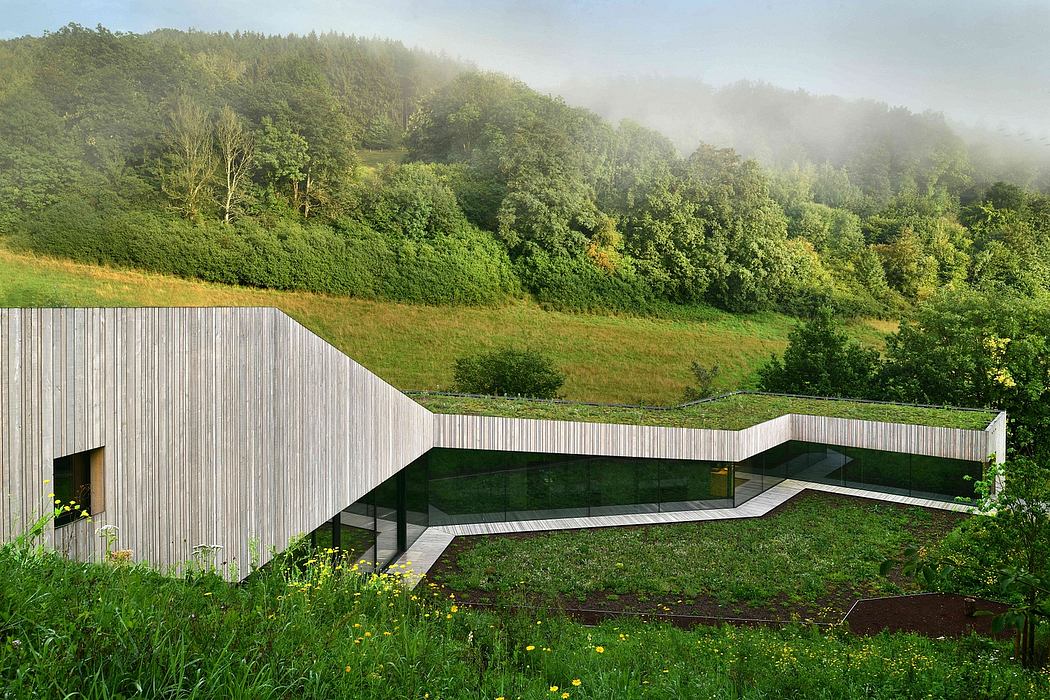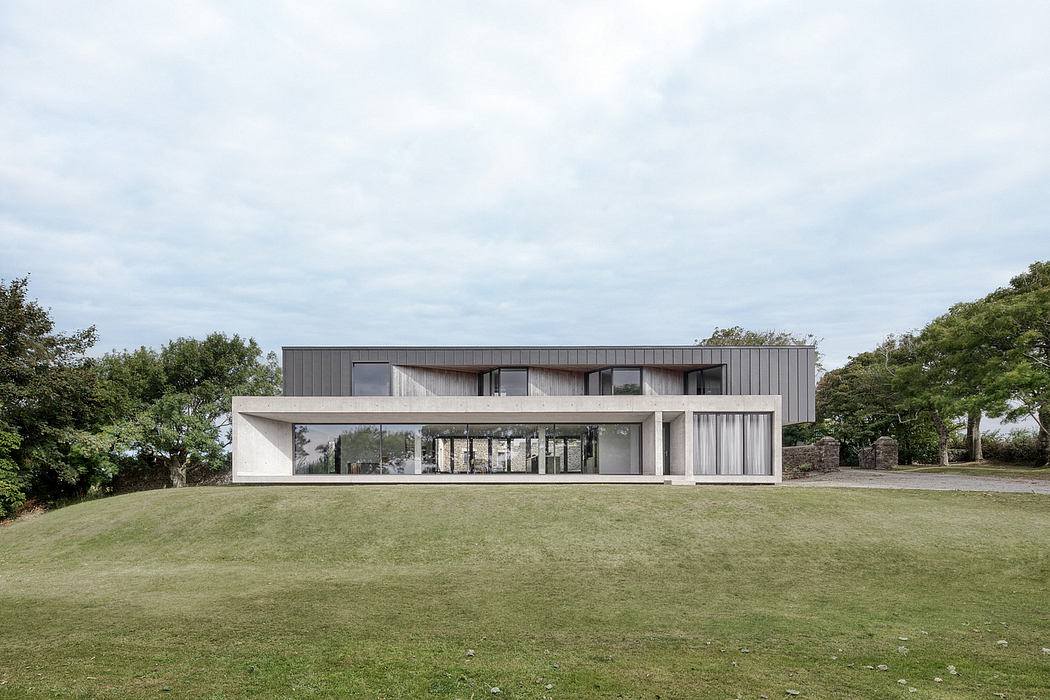Thanks to autonomous vehicles, we could have these utopian, tree-filled streets

An optimistic view of human-centered roadways in the age of driverless vehicles The oncoming rush of autonomous vehicle technology has led to rampant speculation over the future of cities, roads, and society. A recent issue of the New York Times magazine dedicated to the subject listed a number of utopian, dystopian, and downright fantastical visions of our driverless future (no more roadkill, ticketless policing, non-stop teenage car parties, etc.).
While this future, whatever shape it takes, is still a ways away, that hasn?t stopped urban planners and designers from envisioning the layouts, laws, and look of our streets when AV technology becomes mainstream. A recent conceptual design exercise from HOK, a global architecture and design firm, offers a more optimistic, environmentally friendly, and naturalistic take on how this technology may reshape our cities, one block at a time. Many proposals for AV-enabled streets feature incremental changes, such as wider sidewalks, or the addition of bioswales, landscape elements that filter water and pollution. This HOK proposal focuses on nature first, and sought to answer the question of how we look at streets when technology could fundamentally change how they operate.
The result was a reverse engineered urban roadway, with lush tree canopies, extensive landscaping, wide pedestrian walkways, outdoor places and seating, and just a tiny set of tracks dedicated to fully autonomous vehicles.
HOK
?We ...
| -------------------------------- |
| Fontana dell?Acqua Paola ???? |
|
|












